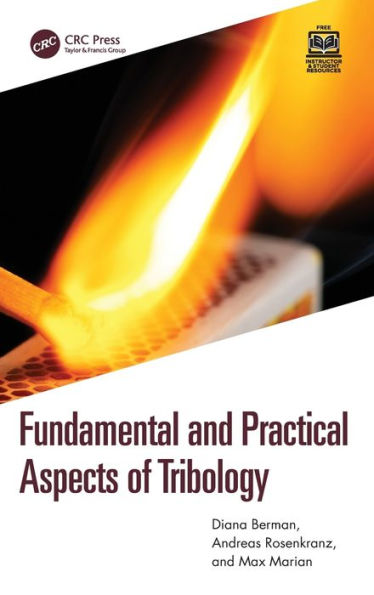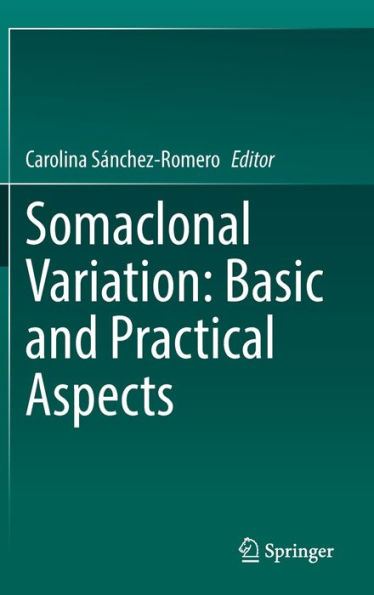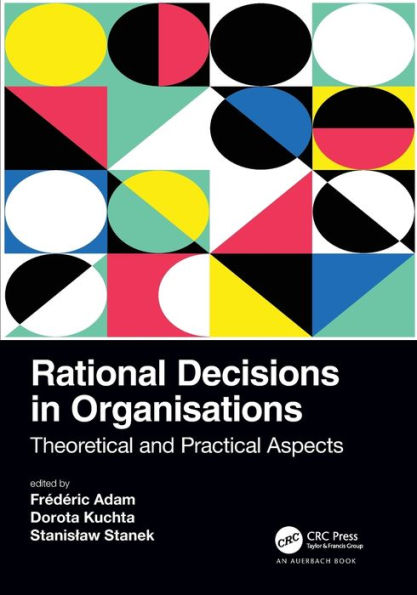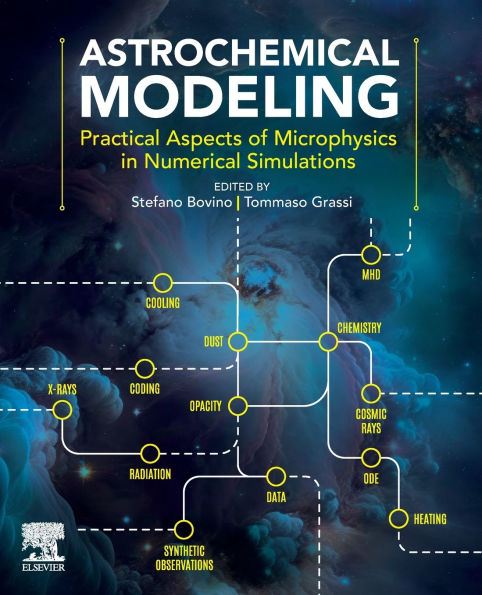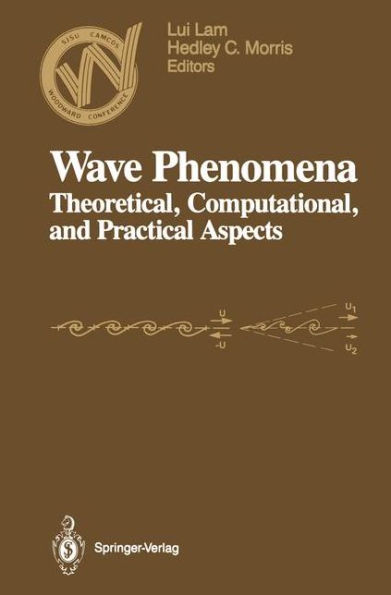Home
Practical Aspects of Electroorganic Synthesis
Barnes and Noble
Practical Aspects of Electroorganic Synthesis
Current price: $200.00
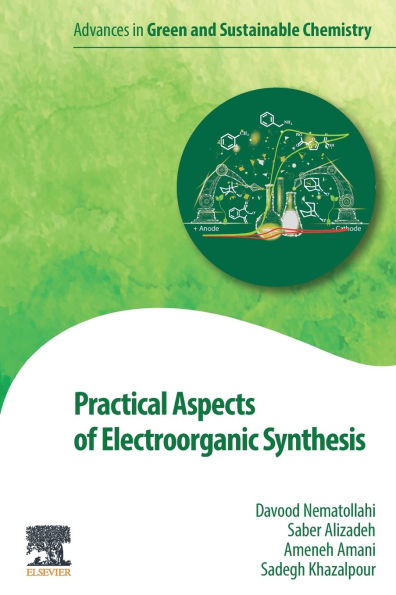

Barnes and Noble
Practical Aspects of Electroorganic Synthesis
Current price: $200.00
Size: Paperback
Loading Inventory...
*Product information may vary - to confirm product availability, pricing, shipping and return information please contact Barnes and Noble
Practical Aspects of Electroorganic Synthesis
presents an educational insight into the practical aspects of electrosynthesis methods by providing a variety of examples and techniques. With the advancement of chemical science and its undeniable role in life, there is a growing need for the employment of green and eco-friendly methods and environmentally acceptable processes to minimize the negative consequences of chemical technologies. These needs and concepts are referred to as “green chemistry and “sustainable technology. Electrosynthesis techniques are an example of one of the notable achievements of the interdisciplinary co-operation that assists in minimizing these consequences.
This book comprises three fundamental sections: direct, indirect, and paired electrolysis. As a result, this logically separates the key information needed to conduct electrochemistry into digestible and rational parts. Direct electrolysis discusses anodic oxidation, cathodic reduction, mechanistic studies (cyclic voltammetry), and how to set up electrochemical experiments. Indirect electrolysis proceeds to explore catalysts and additives in more depth to take on modern electrochemical methods. Finally, this book explores the burgeoning new field of paired electrolysis, in which the ultimate green-synthesis applications are possible, with no wasted electrons and very few by-products.
offers researchers a modern and authoritative resource that brings complete and up-to-date practical concepts of electrosynthesis methods and guides the audience on how to carry out a large number of experimental techniques.
presents an educational insight into the practical aspects of electrosynthesis methods by providing a variety of examples and techniques. With the advancement of chemical science and its undeniable role in life, there is a growing need for the employment of green and eco-friendly methods and environmentally acceptable processes to minimize the negative consequences of chemical technologies. These needs and concepts are referred to as “green chemistry and “sustainable technology. Electrosynthesis techniques are an example of one of the notable achievements of the interdisciplinary co-operation that assists in minimizing these consequences.
This book comprises three fundamental sections: direct, indirect, and paired electrolysis. As a result, this logically separates the key information needed to conduct electrochemistry into digestible and rational parts. Direct electrolysis discusses anodic oxidation, cathodic reduction, mechanistic studies (cyclic voltammetry), and how to set up electrochemical experiments. Indirect electrolysis proceeds to explore catalysts and additives in more depth to take on modern electrochemical methods. Finally, this book explores the burgeoning new field of paired electrolysis, in which the ultimate green-synthesis applications are possible, with no wasted electrons and very few by-products.
offers researchers a modern and authoritative resource that brings complete and up-to-date practical concepts of electrosynthesis methods and guides the audience on how to carry out a large number of experimental techniques.

